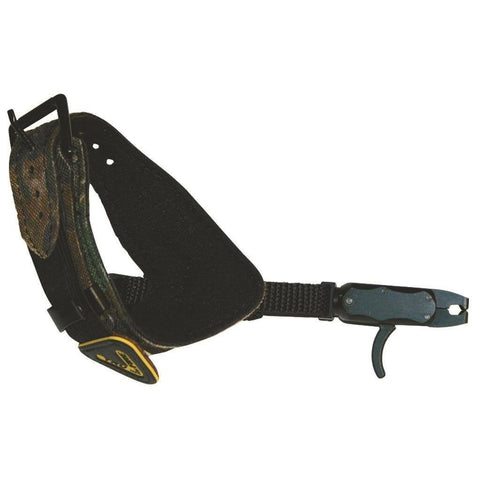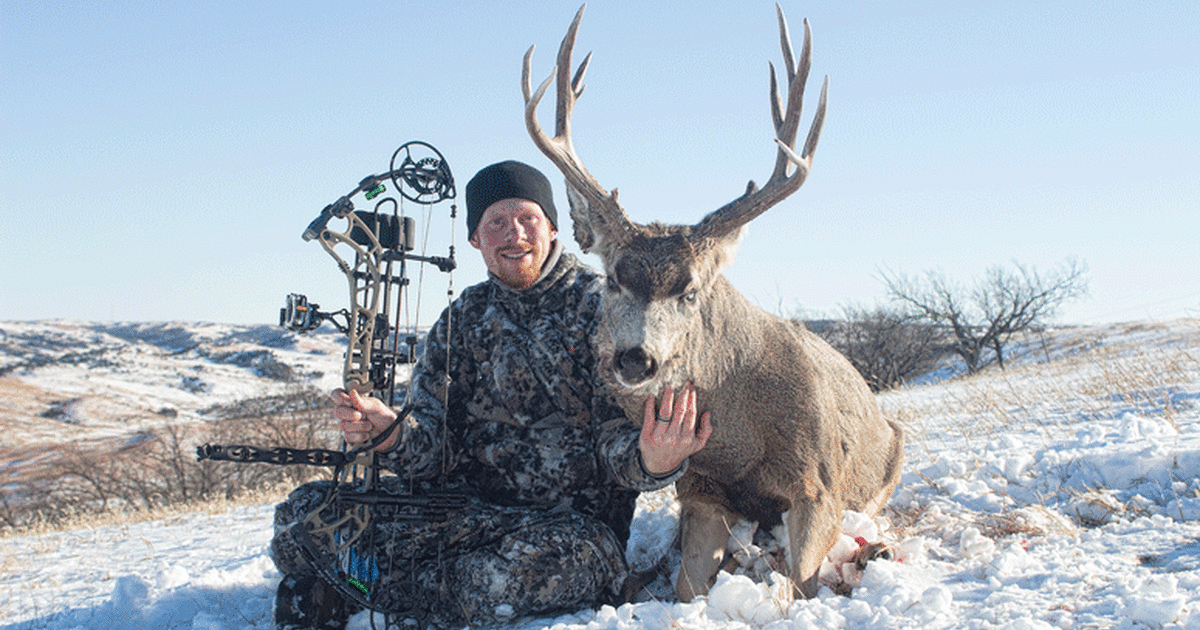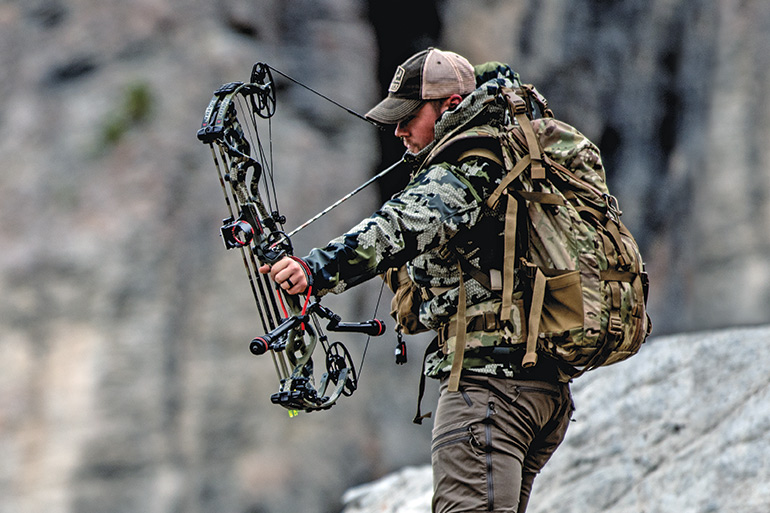
Deer dummies offer many benefits, especially for hunters who are looking to hunt for bucks or doe. Deer can sense scent very well, so it is important to have a decoy that is strategically placed to lure them to the hunting stand. These are some key points to keep in mind when using a deer-dummy. First, the decoy must be at a distance from the hunter so as not to startle the deer. The deer must be able view the decoy from approximately one football field away.
Decoys for doe or buck
Hunters must match their deer decoys with the stage in the buck's emotional life cycle before setting up deer coys. This usually occurs between mid October and mid November, when mature bucks go through a series if aggression and breeding urges. If the deer decoys are placed in an area where there is no other threat, the buck is more likely to be fooled.

Static decoys
Static deer spotting systems are very effective when hunting deer. The deer will approach the static deer tracking system from any side as long the moving parts of it are easily identifiable. This technique can also be used to lure them to the area. However it is less effective than static spotting systems. One example is when a deer notices a person in the woods and they are suspicious.
Buck decoys
Hunting is all about location. While deer decoys can work as well as dynamite if used in the right place, it's not enough to make a difference. Here are some ways to increase your chances of catching an buck using deer décoys.
Scent-free decoys
Deer decoys are able to attract the deer, which is something that could otherwise make them ignore. Deer scent can transfer to clothing and the vehicle, where it will stink. The scent of the decoy can be transferred to the deer and cause them to fear. Scent-free deer decoys is advised.

Set them up
To get a successful shot, setting up deer-decoys properly is the most important step. The deer are extremely aware of their surroundings and will not venture into small clearings on a cold November morning. Deer can react negatively to unexpected decoys, so give them ample time to inspect your setup before they approach.
FAQ
How much training is required to become a hunter. What is the average time it takes?
Basic courses are required in order to learn how you can hunt. This course will teach you about hunting and give you information about the laws.
You will learn how firearms and ammunition should be handled. These instructions will help you safely use them.
This course lasts anywhere from two weeks to three months. Some courses can be taken online. Other courses are available in person.
To qualify for a license, you must pass a written test. You might also need to prove that you have successfully completed a hunter education program.
How much does it cost for me to become licensed? What happens if I don’t have enough money to pay for licensing?
The cost of licensing varies by state. The cost of licensing can range from $20 to more than $100.
If you do not have enough money, you may be able to apply for a loan or grant.
To pay the tag fee, you must also pay the fee. Tags vary in price based on the type of game you plan to hunt.
You can get tags for deer and elk, bear, bison, moose, waterfowls, upland birds, and furbearers such as foxes.
Some states require you register at the Department of Natural Resources before applying for a license.
Check local regulations before you go hunting.
Why is hunting a good hobby?
Hunting can be likened to playing chess with the natural world. You must think ahead, plan your moves, and anticipate where you will be playing next.
Hunting is about finding food. This means that you need to know how to track prey and when to stop. If you don’t know these things you won’t be able to catch anything.
The main thing to remember when hunting is to always keep your eyes open. By doing so, you will never miss an opportunity. When you do see something, make sure you get close enough so that you can identify it. Make a list of all the things you saw and keep it. This will make it easier to hunt again later.
It is more than just shooting targets. It's about being in sync with yourself, your surroundings, as well as the animals around.
How much does it cost for a hunter to become?
Hunting is expensive, depending on where it's done.
In some cases, you might only have to pay a small fee to access public lands.
Some states require licenses and permits before you can hunt.
Hunting is expensive depending on the firearm you use. A rifle is usually more expensive than a shotgun.
A license can range from $10-$50. Depending on the number of days you wish to hunt, you may need to purchase additional tags.
A permit is required to hunt certain species. The amount of money you need to buy depends on the size of the animal you intend to kill.
If you want to hunt wild turkeys, you will need to pay up to $150 per tag.
Statistics
- Over the past 50 years, the number of hunting licenses in California has been on a rapid decline, falling 70% from more than 760,000 in the 1970s to under 268,000 in 2020—even as the state's population has skyrocketed, according to The Mercury News. (stacker.com)
- Indiana, for example, saw a 28% jump in turkey license sales during the first week of the season. (stacker.com)
- Thanks to the 1937 Pittman-Robertson Act, an 11% excise tax was placed on the sale of firearms, which were then used for conservation. (stacker.com)
- - Percent of residents with paid hunting licenses: 0.7%- (stacker.com)
External Links
How To
How to make a Deer Blind
A deerblind is a type hunting device used for hiding from game animals, such as deer, elk, and so on. It consists of a small enclosure made of wood or canvas, usually covered with branches and leaves. The hunter hides inside the enclosure and waits for the animal to pass by. When hunting at nights, the hunter will often use a deerblind.
There are many types of deer blinds. Some blinds can be moved easily while others require a permanent structure. They are often made from metal, plywood, cardboard, plastic, canvas or metal.
Box blinds are also known by the name box stands. These deer blinds consist of a wooden frame with a roof, walls and roof. Boxes are very popular because they are easy to construct and transport.
A tree stand can also be used as a deer blind. Tree stands are natural looking so that it is not obvious they exist. Most tree stands are permanently attached to trees.
Ground blinds are another type. They are similar to tree stands but are built into ground. Ground blinds can be camouflaged using grass, dirt or rocks. Ground blinds are sometimes referred to as "ground boxes."
There are many different ways you can hunt in a deer blind. The first is to wait for the animal, then sit still. You can also try moving around to scare away the animal. If you decide to use this method, be sure to keep your distance and not move too fast. This could make the animal think you are a predator, and they may run away.
The first step in using a deer-blind is to choose a location. You should pick a place where the wind won't blow your scent toward the animal. Avoid areas that are frequented by hikers.
Also, ensure you understand how to set up a deer blind. The last thing you want is for the animal see you and run.